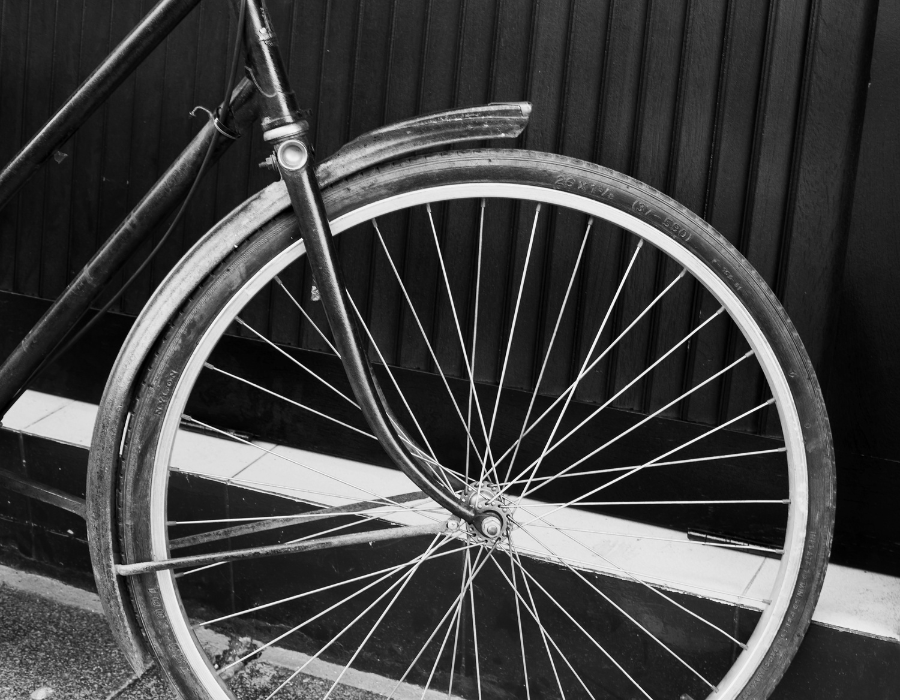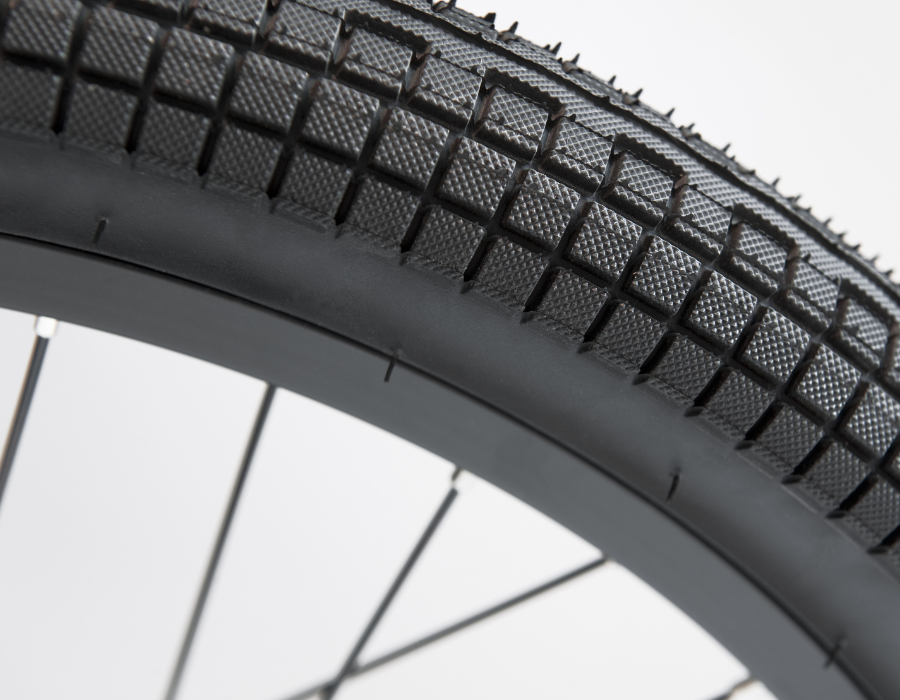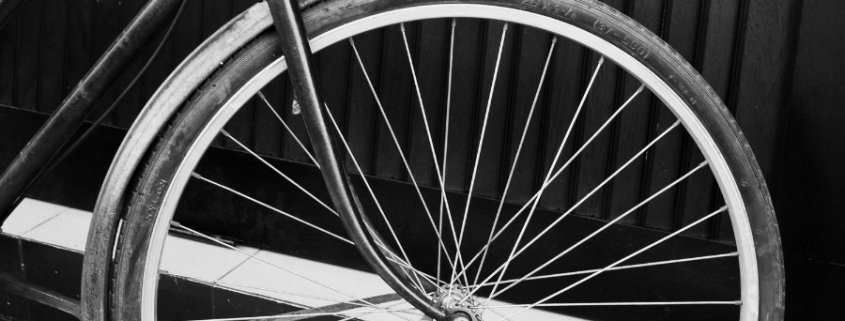Riding Should Be Smooth, Inspections Are Essential
If you have any queries or suggestions, please feel free to reach out via email to info@harisonfitness.com. We will do everything in our capacity to ensure that you love your experience with us.
Cycling has become a popular lifestyle trend, and as bicycles serve as our essential companions on the road, regular inspections cannot be overlooked! So, the critical question arises: how should you inspect your bike yourself?
1. Inspect the Front Wheel, Brakes, and Hub
Modern bicycles commonly use quick-release skewers or thru-axles to secure wheels. Each requires a distinct inspection method:
- Quick-release skewers:
① Loosen and open the skewer → Press down the lever → Rotate the nut on the opposite side until it snugly contacts the fork (or rear dropout) → Open the skewer again and tighten the nut inward by one full turn. - Thru-axles:
② The axle is threaded through the entire hub from one side of the fork and secured to the opposite fork/dropout → After tightening, shake the wheel laterally to check for hub stability.

2. Check Brake Pads
-
- Hydraulic disc brakes: Require periodic oil refilling.
- Mechanical disc brakes: If braking feels sluggish, adjust the cable tension or replace worn pads.
- Rim brakes (caliper/V-brakes): Inspect the grooves on brake pads. Replace them if the longitudinal grooves are nearly worn away.
3. Inspect Tires
- Check the tire bead (where the tire meets the rim) for uniform seating.
- Examine the tread pattern and sidewalls: Replace tires if treads are excessively worn or sidewalls show damage.

4. Check Suspension
- Inspect the front fork for hairline cracks or damage.
- Check suspension fork inner tubes for scratches, and ensure no oil leaks around seals or lock rings.
5. Inspect Crankset and Pedals
- Crank arms: Ensure they rotate freely.
- Chainrings: Look for damage, missing teeth, or excessive wear.
- Pedals: Spin them—if rotation is stiff, repair or replace. Confirm pedals are securely fastened to the cranks.
6. Inspect Seatpost and Saddle
- Seatpost clamp: If parts shift or creak, disassemble, clean, lubricate, and reassemble.
- Material-specific care: Apply grease to metal parts; use carbon fiber grip paste for carbon frames/seatposts.
7. Inspect Rear Wheel and Drivetrain
Repeat the front wheel checks for the rear hub, tire, and brakes. Post-ride inspections are especially crucial for detecting wear.
Only through meticulous inspections can you ensure safety and enjoyment on every ride! Finally, don’t forget your helmet!





Leave a Reply
Want to join the discussion?Feel free to contribute!